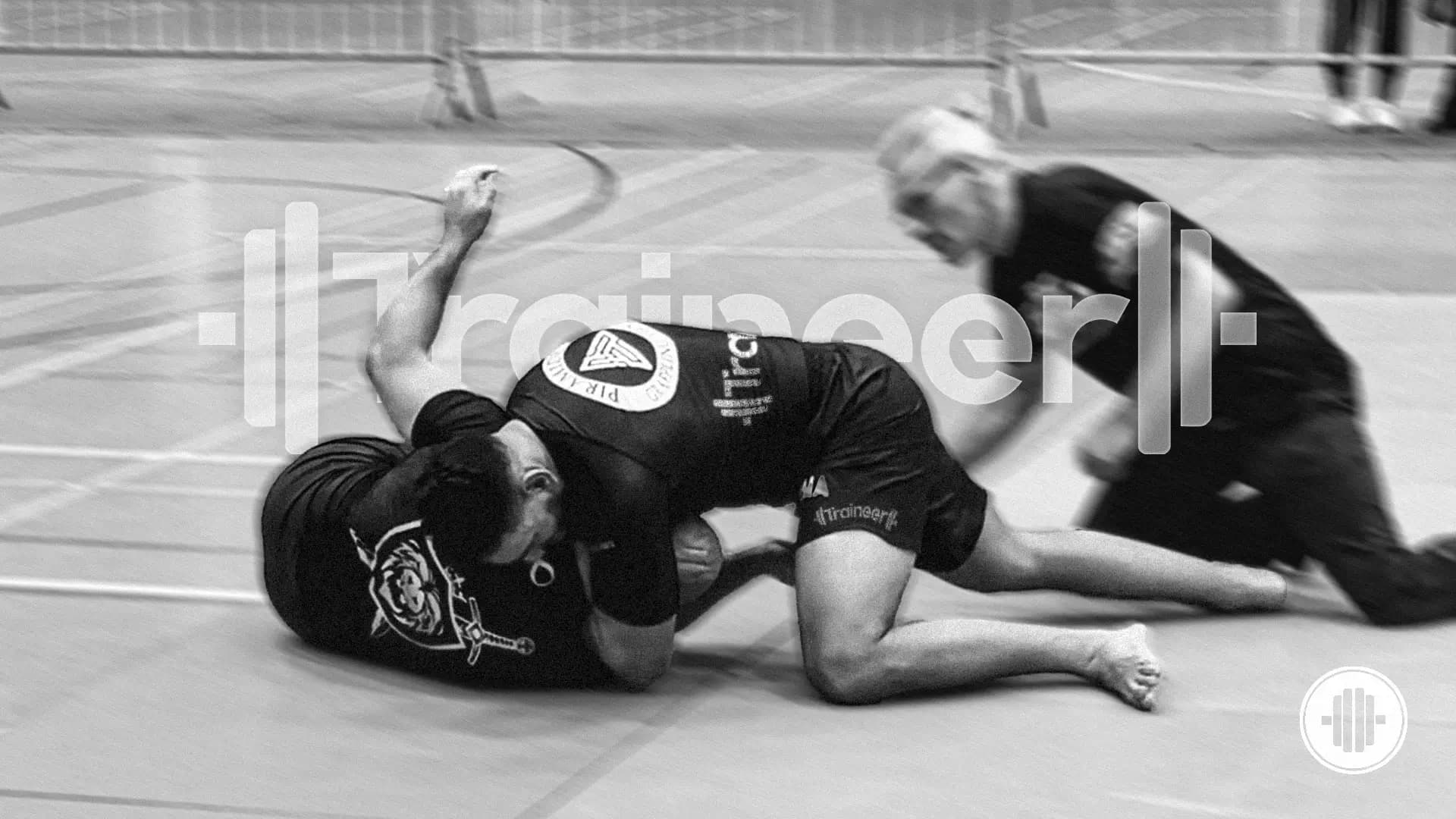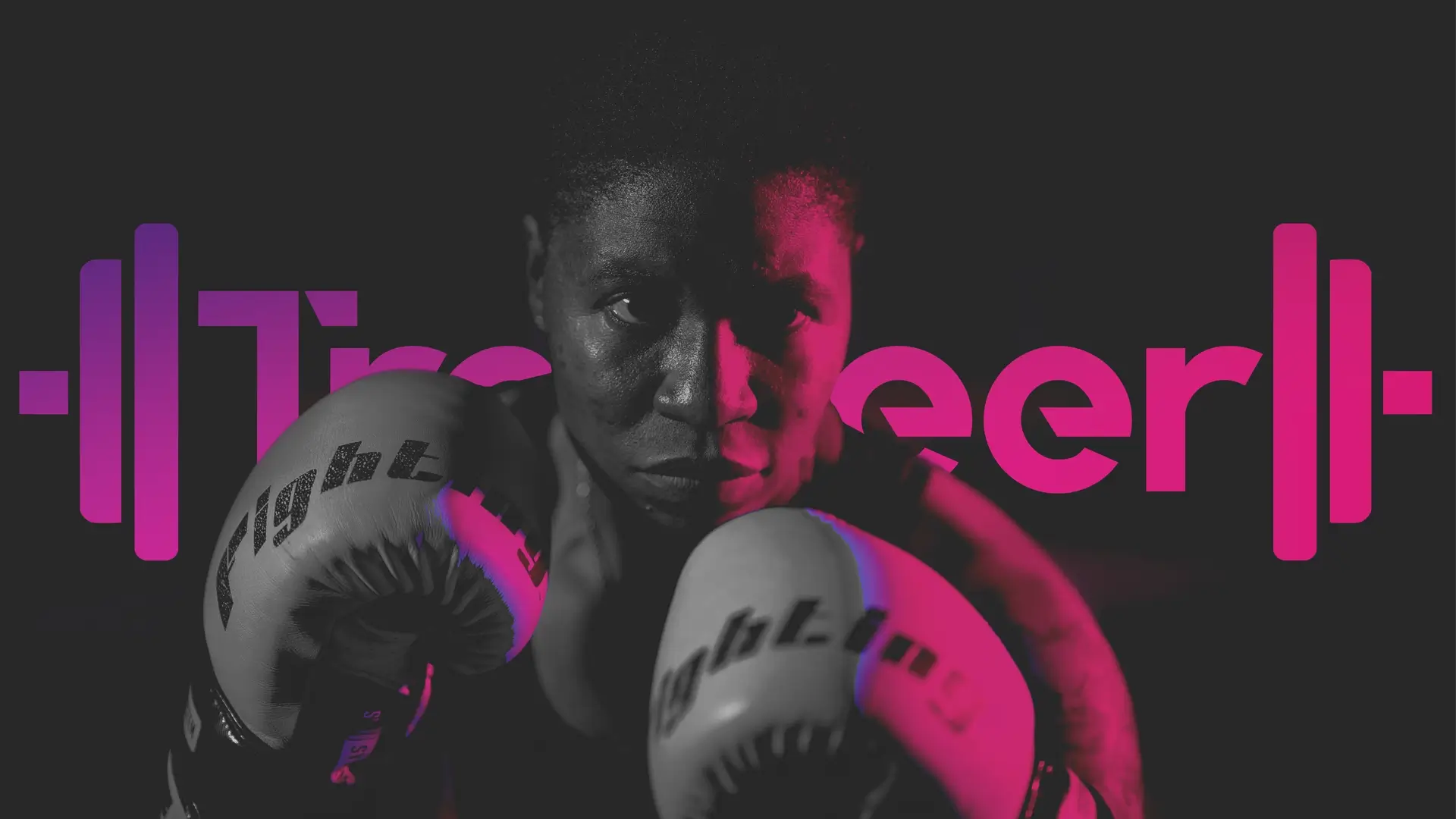Discovering the martial art of stealth: an introduction to Jiu Jitsu


Do you know what Jiu-Jitsu is? Are you familiar with its origins? Want to learn a bit more about this martial art? Well, stick around because we're about to dive into it.
Jiu-Jitsu is a discipline that transcends being merely a martial art, transforming into a lifestyle for many. Popularly known as BJJ, this personal defense system and ground combat technique has revolutionized the way we understand fighting, challenging the old adage that strength is everything. On the streets of Brazil, where the Gracie family breathed new life and shape into it, Jiu-Jitsu became the language of silent power, where cunning and strategy reign supreme over sheer muscular force. Here, intelligence is celebrated over aggression, offering everyone, regardless of size or strength, a fair chance on the mat. Whether you're in the heat of competition, looking to improve your physical condition, or simply aiming to boost your confidence, BJJ offers a passport to personal growth and mastery in self-defense. In this article, we'll explore every facet of Jiu-Jitsu, revealing why this art is not only relevant but essential in today's sports and self-defense landscape.
What is Jiu Jitsu?
As we mentioned earlier, Jiu-Jitsu, also known as Brazilian Jiu-Jitsu or BJJ (Brazilian Jiu-Jitsu), is a martial art and self-defense system that focuses on ground fighting techniques and the continued use of submissions to subdue the opponent. Originating in Japan, Jiu-Jitsu was developed and refined in Brazil by the Gracie family in the early 20th century.
Jiu-Jitsu is distinguished by its emphasis on technique over strength, allowing practitioners of different sizes and fitness levels to compete and defend themselves effectively. Rather than relying solely on brute strength, BJJ teaches practitioners to use balance, position and technique to control and subdue their opponents.
Jiu-Jitsu techniques include a variety of grappling, throws, takedowns, chokes, joint dislocations and escapes designed to neutralize and subdue the opponent on the ground. In addition to its effectiveness as a martial art, Jiu-Jitsu is also practiced as a competitive sport, with tournaments held locally, nationally and internationally. The main professional Jiu-Jitsu organization is currently the Abu Dhabi Jiu Jitsu Pro or AJP, which is the organization in charge of revolutionizing the world of Jiu-Jitsu competitions at an international level. In addition to its combat and competition applications, Jiu-Jitsu has additional benefits, such as improving fitness, increasing self-confidence and fostering discipline.
But that's not all, and in recent years this martial art has experienced an exponential increase in its practice globally, because it is a basic necessity in professional MMA competitors, as on numerous occasions these fights end by submission, strangulation or joint dislocations. There are already countless UFC athletes who have a high knowledge of Jiu-Jitsu, such as Connor McGregor or Illia Topuria, among others.
Therefore, in this article we are going to tell you everything you need to know about Jiu-Jitsu to be able to enjoy this martial art that is so incredible and that is in full swing.
What makes Jiu-Jitsu an increasingly emerging martial art?
Jiu-Jitsu is emerging as a prominent martial art for several reasons:
-
Focus on self-defense: As awareness of the importance of self-defense increases, Jiu-Jitsu stands out for its emphasis on effective techniques to neutralize opponents, regardless of their size or strength.
-
Adaptability and versatility: Jiu-Jitsu is adaptable to a wide range of contexts, including standing and ground combat, making it relevant to both self-defense and sporting competition.
-
Physical and mental aspects: Beyond simply being a form of exercise, Jiu-Jitsu promotes physical, mental and emotional development. It focuses on concentration, patience and problem solving, which attracts people interested in personal growth.
-
Community and culture: Jiu-Jitsu fosters a close-knit and supportive community among practitioners. This culture of support and camaraderie is attractive to many people looking for belonging and social connection.
-
Media exposure and sporting events: The spread of Jiu-Jitsu through sporting events (UFC fights), documentaries and social media has contributed to its growing popularity. This has generated a wider interest in learning and practising this martial art.
What are the main rules of Jiu-Jitsu?
The rules of Jiu-Jitsu may vary slightly depending on whether it is practiced as a self-defense martial art, a competitive sport or in a specific training context. However, the common basic rules that apply in most cases include:
No striking: Unlike some martial arts that allow punches and kicks, Jiu-Jitsu focuses on hand-to-hand fighting and no direct strikes are allowed.
-
Submissions: Competitors may attempt to submit their opponent through chokes, joint dislocations or immobilizations. Once the opponent surrenders or the referee stops the fight due to an imminent submission, the fight is over.
-
Points: In Jiu-Jitsu competitions, points are awarded for achieving certain actions, such as takedowns, passing guard, mounting, taking the back, among others. These points can be decisive if no competitor achieves a submission.
-
Fighting area: In competitions, there is a designated fighting area where competitors must remain. If they leave this area, the fight restarts in the centre of the area.
-
Uniform: Competitors must wear a gi (Jiu-Jitsu uniform), consisting of trousers and a jacket with long, tight-fitting sleeves. The jacket must be of a sturdy material to allow for handling and gripping during the fight.
-
Duration of the bout: The duration of bouts may vary depending on the level of competition and the specific rules of the event. Generally, bouts can last between 5 and 10 minutes, with the possibility of overtime in the event of a draw.
What key aspects should a spectator look for in order to enjoy a Jiu-Jitsu fight?
In order to enjoy a live Jiu-Jitsu match and to understand it better, there are several key aspects that a spectator without prior knowledge can look for:
-
Positions and movements: Observe the positions and movements of the competitors. Pay attention to how they move on the ground, how they try to control their opponent and how they work to improve their position.
-
Grappling and submission techniques: Observe the grappling techniques used by the competitors, as well as submission attempts, such as chokes and joint dislocations. Try to identify how these techniques are applied and how competitors attempt to defend against them.
-
Transitions: Notice the transitions between different positions and techniques. Jiu-Jitsu involves a series of fluid movements and quick transitions between different positions on the ground, such as the guard, guard pass, mount and back take.
-
Strategy and tactics: Try to identify the strategy and tactics used by the competitors. Observe how they try to control the pace of the fight, how they set up their game and how they respond to their opponent's actions.
-
Scoring: If you are watching a competition with a scoring system, try to understand how points are awarded and which actions are worth the most in terms of scoring. This will help you to follow the progress of the fight and understand which actions are more significant in terms of the result.
-
Attitude and mindset: Observe the attitude and mindset of the competitors. Look at their determination, their ability to remain calm under pressure and their ability to adapt to the circumstances of the fight.
Finally, if you are one of those people who love sport and want to get started in the world of Jiu-Jitsu, either out of curiosity, pleasure, determination or to improve your self-defense, it is necessary that you take the recommendation of a professional, as they will guide you throughout the process to improve your performance and improve the basics of the sport, while maintaining high levels of motivation to achieve your goals and notice progress. In addition, you will have to maintain a high physical performance, accompanying the Jiu-Jitsu sessions with specific strength training, where, for the latter, there is an inexpensive tool, Traineer, which is an artificial intelligence whose objective is to simulate the brain of a personal trainer. Both for the prescription of personalized training that fits the needs and characteristics of each individual as well as the monitoring and restructuring of training to achieve their goals. Traineer, concentrates all the scientific knowledge necessary to carry out training sessions in an optimal way, thus reducing the cost per session by 99%.

